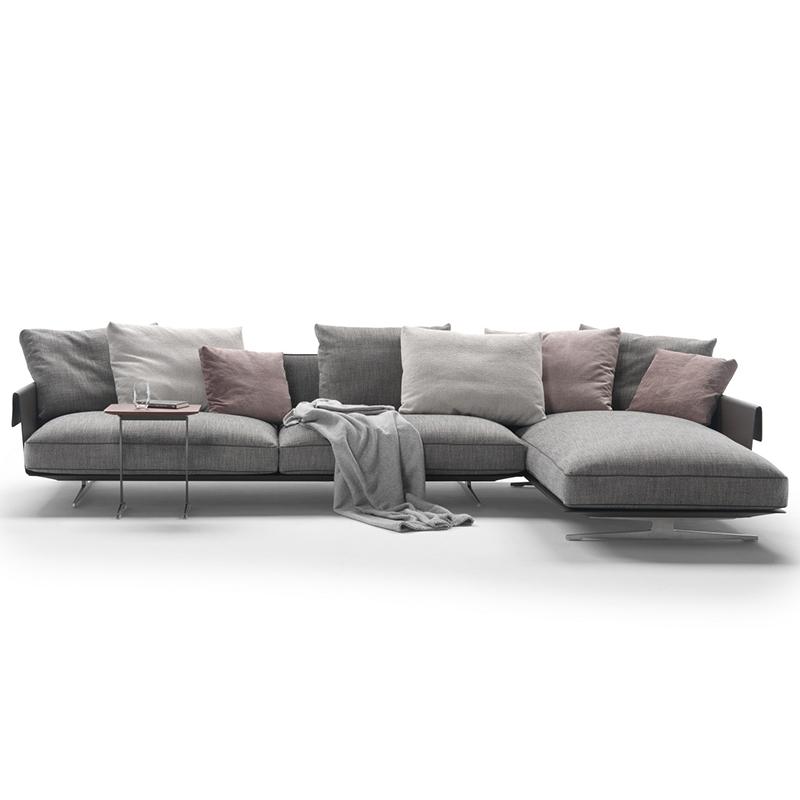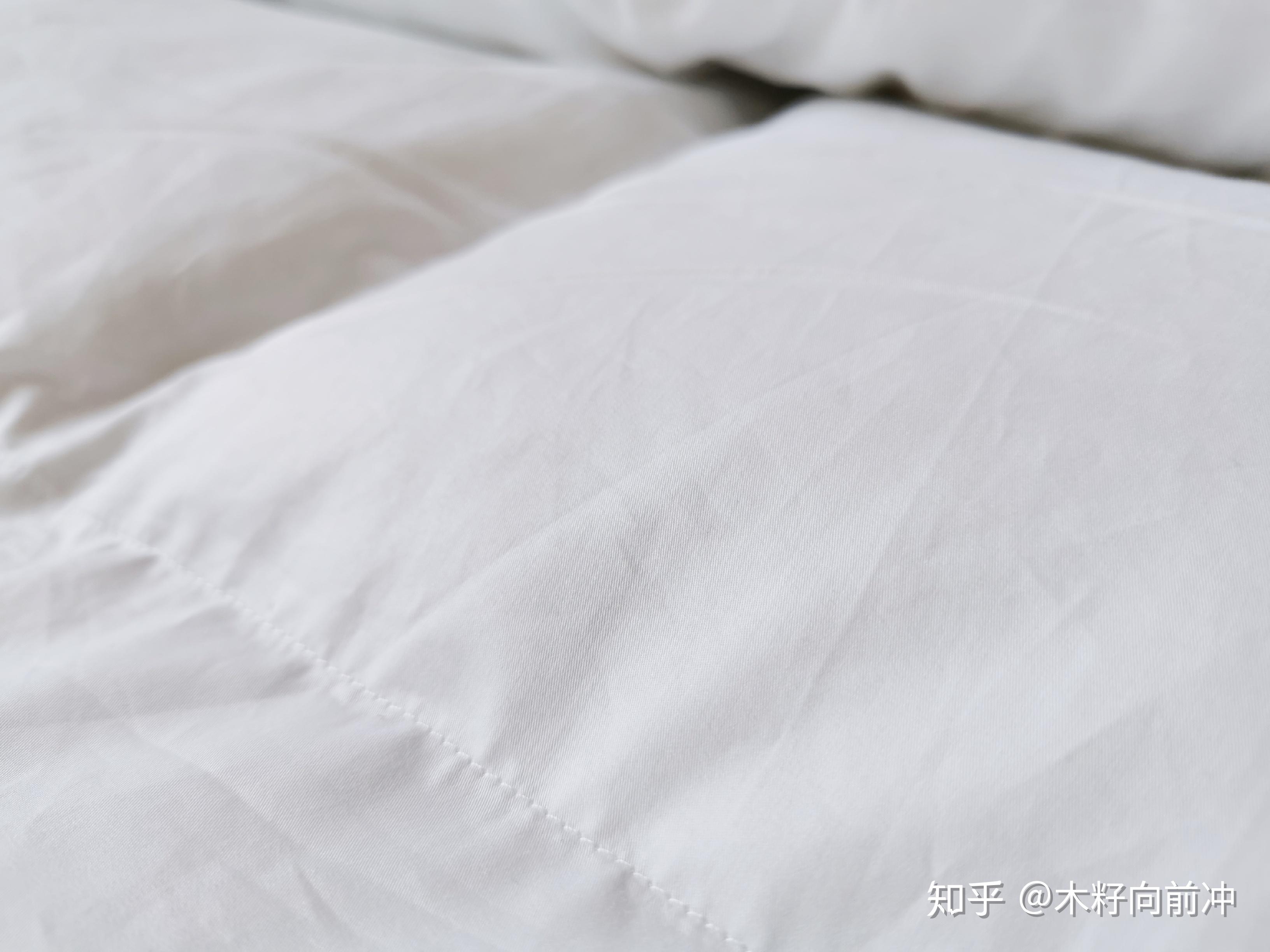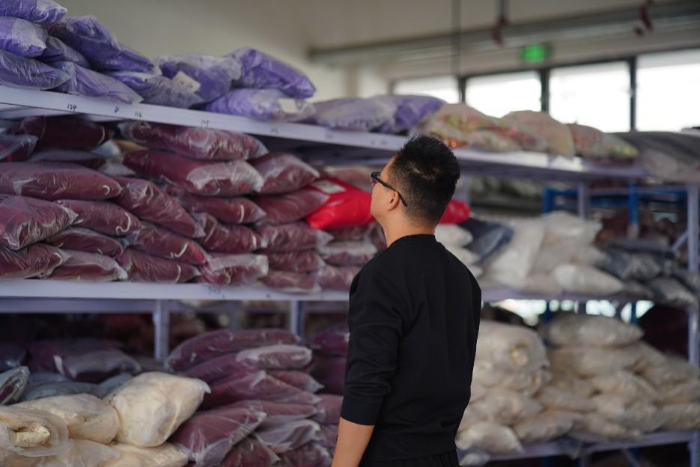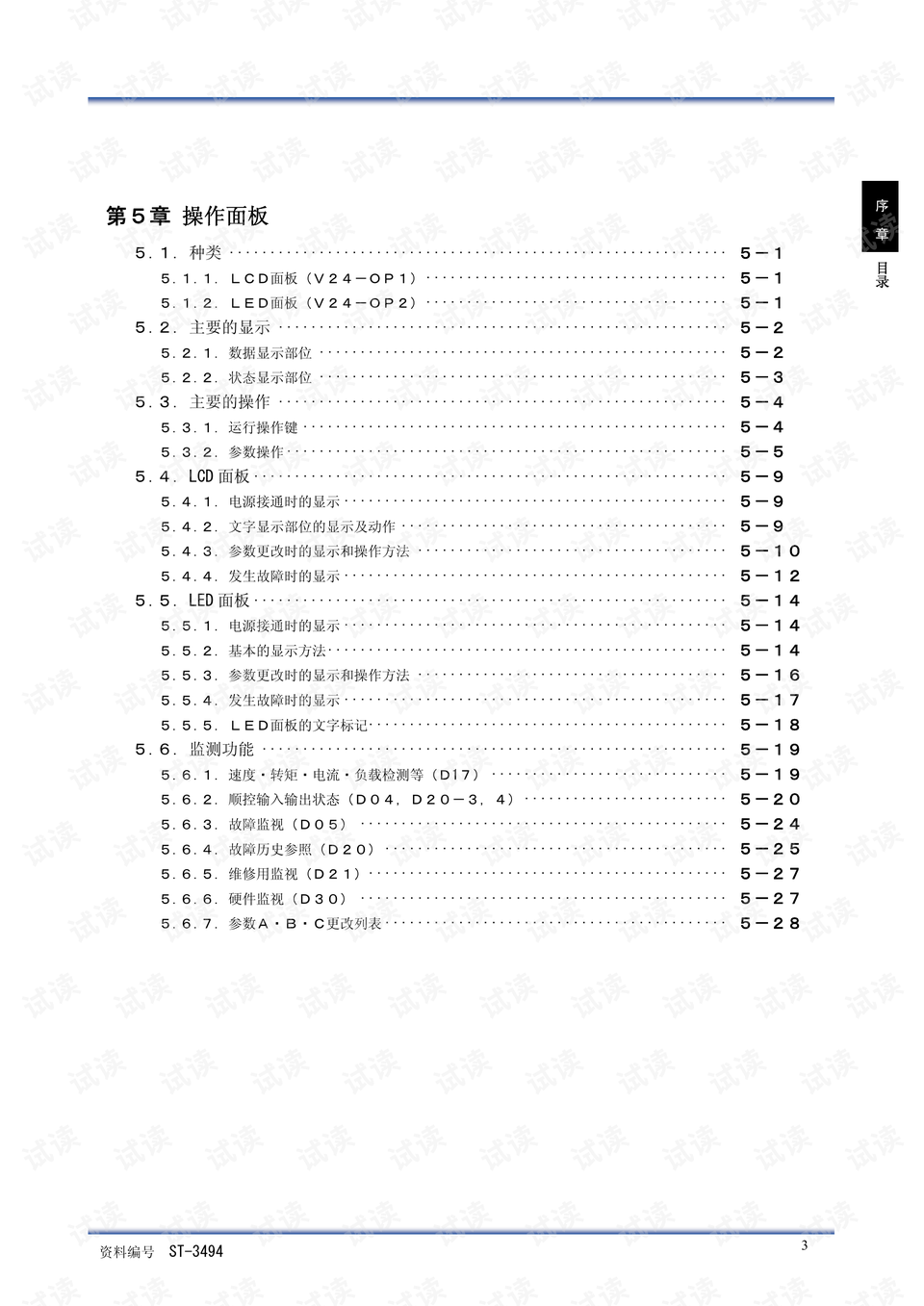Title: The Difference between PU Leather and Real Leather
The difference between PU leather and real leather is significant in terms of material and production process. PU leather, also known as synthetic leather, is made from artificial materials, such as polyurethane, while real leather is obtained from animal hides, most commonly cows, pigs, or sheep. The production process of real leather involves multiple steps, including skinning, tanning, and dyeing, whereas PU leather is relatively simpler to manufacture and can be produced in a shorter time frame. Real leather has a unique texture and durability that cannot be replicated by synthetic materials, while PU leather may lack the same level of quality and lifespan. Therefore, when it comes to choosing a leather product, it is important to understand the difference between PU and real leather to ensure you are getting the best quality product for your money.
When it comes to leather, there are two main types that people commonly refer to: PU leather and real leather. Both types of leather have their own unique properties and advantages, but there are also some significant differences between them. In this article, we will explore the difference between PU leather and real leather so that you can make an informed decision when it comes to choosing the right type of leather for your needs.
What is PU Leather?
PU leather, also known as synthetic leather, is a type of leather that is made from a combination of polymers and additives. It is a relatively new material that has been developed in recent years as an alternative to real leather. PU leather has become increasing popular due to its low cost, easy availability, and resistance to wear and tear.

One of the main advantages of PU leather is that it is much cheaper than real leather. This is because it is manufactured using synthetic materials that are relatively inexpensive compared to the natural materials used in real leather. Additionally, PU leather is also easier to produce, as it does not require the same level of craftsmanship or processing as real leather does.
However, it is important to note that PU leather does have some limitations. One of the main drawbacks of PU leather is that it does not have the same level of durability as real leather. While it may last for a while, it may not hold up as well over time as real leather does. Additionally, PU leather may also lack the same level of comfort and feel as real leather.
What is Real Leather?

Real leather, also known as natural leather, is a type of leather that is made from the skin of animals, such as cows, sheep, or goats. It has been used for centuries in clothing, footwear, and upholstery, and it remains a popular choice for these applications today. Real leather has a unique texture and feel that many people find appealing, and it also has some valuable properties that make it particularly suitable for certain applications.
One of the main advantages of real leather is that it is incredibly durable. It can withstand a great deal of wear and tear, and it will often retain its shape and texture even after being used for many years. Additionally, real leather also has good breathability, which means that it can absorb and release moisture effectively, preventing discomfort and preventing bacteria from growing on the surface of the material.
However, it is important to note that real leather does have some drawbacks. One of the main concerns about real leather is its sustainability. The process of obtaining and processing animal skin for use in real leather products often involves a significant environmental footprint. Additionally, the cost of real leather can also be relatively high compared to synthetic alternatives like PU leather.

Conclusion
When it comes to choosing between PU leather and real leather, there are a number of factors to consider. The type of application you have in mind (clothing, footwear, upholstery), your budget, and your values around sustainability all play a role in determining which type of leather is right for you. PU leather offers a more affordable and sustainable alternative to real leather but may not have the same level of durability or comfort. Real leather, on the other hand, provides a more premium and long-lasting option but at a higher cost and with some environmental concerns around its production process. In the end, the decision between PU and real leather comes down to your individual needs and preferences.
Articles related to the knowledge points of this article:
Title: Mastering the Art of Leading and Guiding: A Guide for Effective Leadership
Feathered Inner Layers for Winter Coats
Womens Short-term Down Jacket: Fashion and Warmth in Winter
Title: The Best Mens Tie Brands: A Comprehensive Guide
Title: Mastering the Art of Tie Knots: A Step-by-Step Guide for Primary School Students



